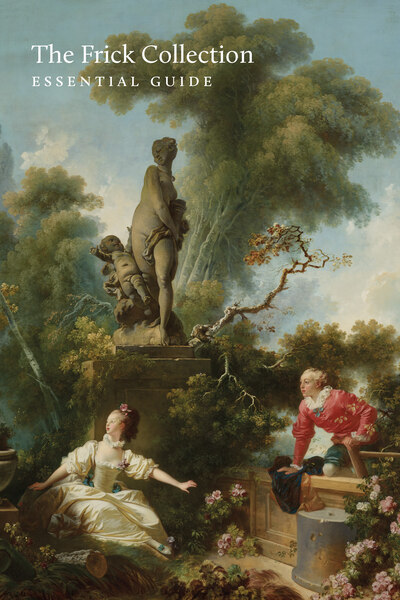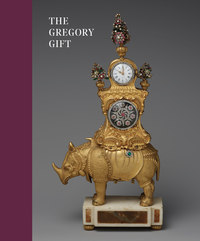Nous utilisons des cookies pour améliorer votre expérience. Pour nous conformer à la nouvelle directive sur la vie privée, nous devons demander votre consentement à l’utilisation de ces cookies. En savoir plus.
The Frick Collection
Holberton - EAN : 9781913645670
Édition papier
EAN : 9781913645670
Paru le : 15 nov. 2024
22,50 €
21,33 €
Bientôt disponible
Pour connaître votre prix et commander, identifiez-vous
A paraître 15 nov. 2024
Notre engagement qualité
-
 Livraison gratuite
Livraison gratuite
en France sans minimum
de commande -
 Manquants maintenus
Manquants maintenus
en commande
automatiquement -
 Un interlocuteur
Un interlocuteur
unique pour toutes
vos commandes -
 Toutes les licences
Toutes les licences
numériques du marché
au tarif éditeur -
 Assistance téléphonique
Assistance téléphonique
personalisée sur le
numérique -
 Service client
Service client
Du Lundi au vendredi
de 9h à 18h
- EAN13 : 9781913645670
- Editeur : Holberton
- Date Parution : 15 nov. 2024
- Disponibilite : Pas encore paru
- Barème de remise : NS
- Nombre de pages : 160
- Format : H:1 mm L:153 mm E:230 mm
- Poids : 0gr
- Résumé : This informative guide to the most iconic works in The Frick Collection’s holdings is published on the occasion of the fall 2024 reopening of the museum following its renovation. From paintings and sculpture to decorative arts, this publication encapsulates the range and depth of the collection. Organized chronologically and by geographic school, the guide is designed to offer a sense of the connections between, and diversity among, contemporaneous artistic production across different fields, genres, and media in earlymodern Europe. When American industrialist Henry Clay Frick (1849–1919) built his New York home on the Upper East Side of Manhattan, he intended for it to one day become a public art museum for the “use and benefit of all persons whomsoever.” After his death and that of his wife, Adelaide, in 1931, the house was transformed into a museum and was opened to the public in December 1935. The Fricks’ daughter Helen Clay Frick (1888–1984), along with a board of trustees, was instrumental in the continuance of her father’s legacy and the care of his bequest. Over the years, the collection grew and the number of visitors increased, requiring renovation campaigns in the 1970s and 2020s to accommodate these changes, the latest giving access to the public for the first time to a suite of rooms on the second floor. Originally the Frick family’s private quarters, these rooms are now galleries for works of art, providing space for more objects to be on view. The scope of the collection, which spans from about 1300 to 1900, was never intended to be encyclopedic and reflects the taste of the founder, who chose to acquire works for his home that were “pleasing to live with.”


